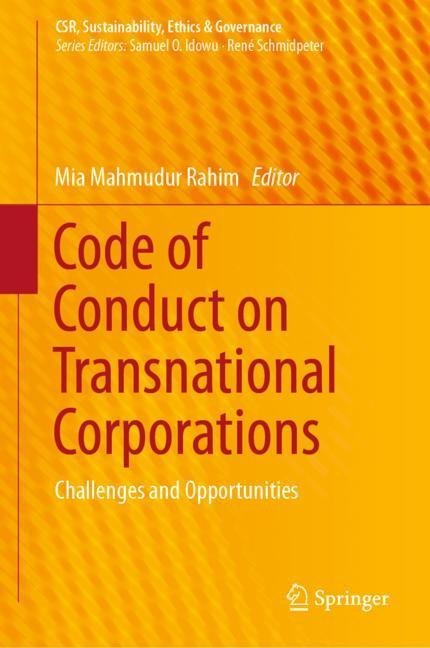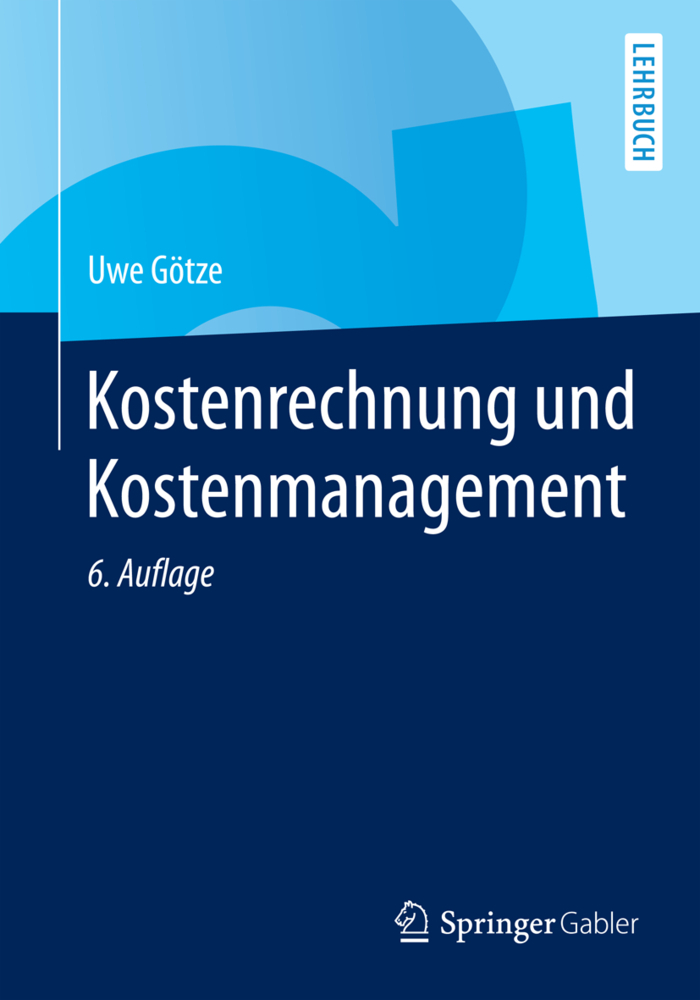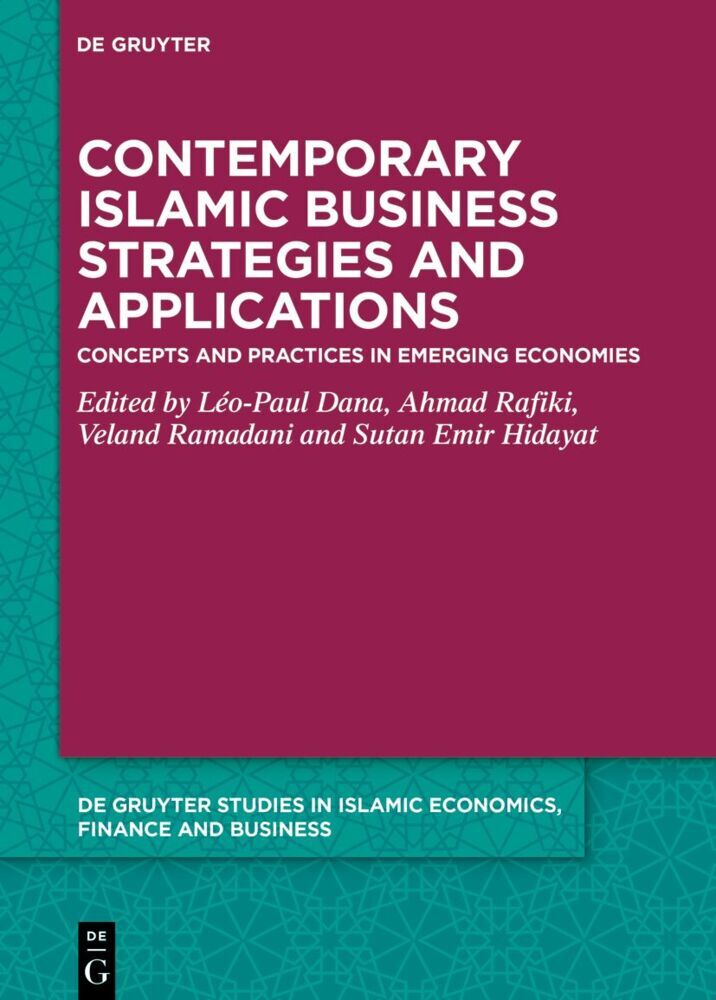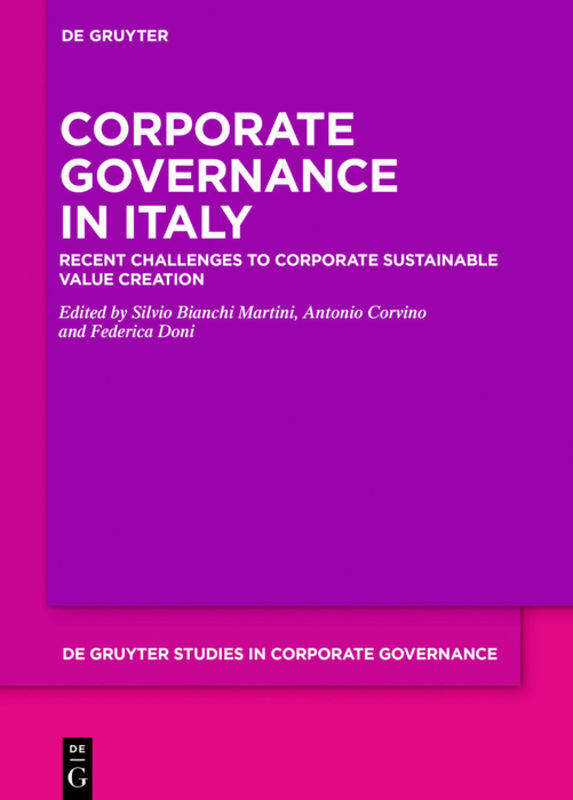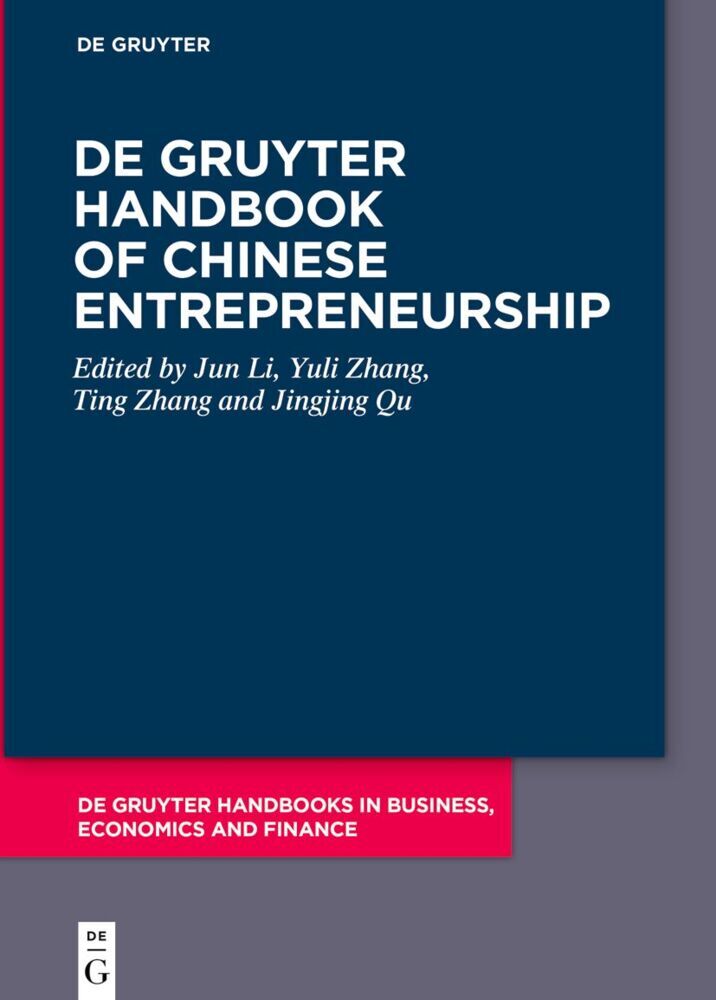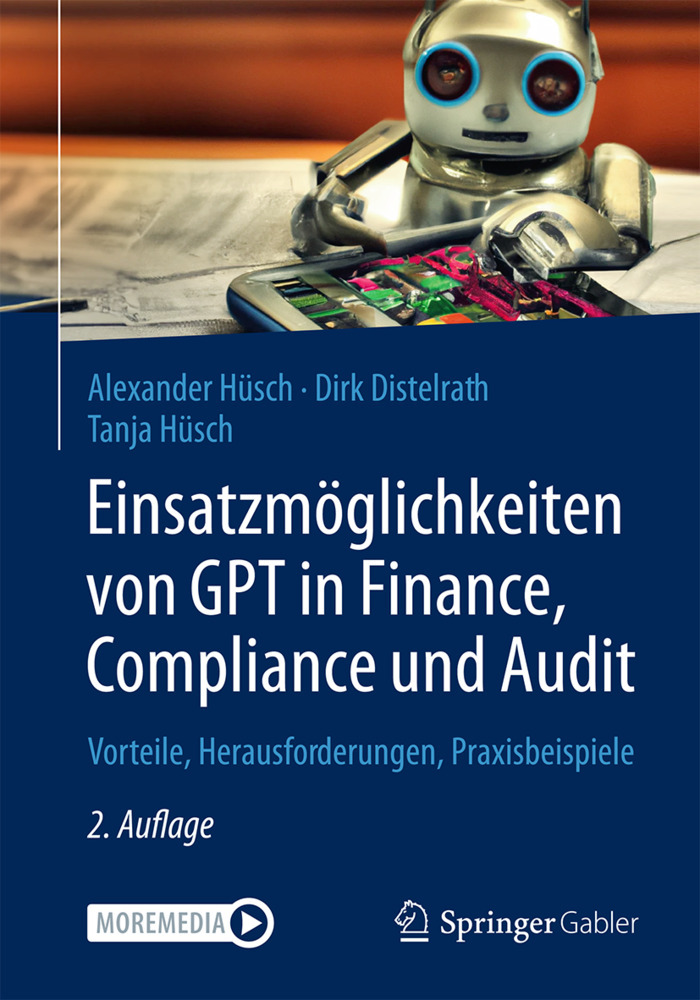Code of Conduct on Transnational Corporations
Challenges and Opportunities
This book explores the challenges and opportunities presented by the formulation of a global code of conduct for transnational corporations. It assesses the current state of research on global regulations intended to enhance the social responsibility of transnational corporations, and provides a platform for future research.
In particular the book examines frameworks and instruments for regulating social responsibility, reviews recent developments concerning the proposed UN Code of Conduct on Transnational Corporations, and provides insights into international civil society groups' movements in pursuit of a code of conduct. In a separate chapter the book discusses theoretical issues in regulating transnational corporations, and investigates their legitimacy and behavioral dynamics. In closing, the book discusses alternatives to a global code of conduct, the impact of sovereign power in the era of globalization, 'soft regulations,' and the feasibility and normative efficacy of enforcing regulations.Dr. Mia Mahmudur Rahim is a Senior Lecturer in corporate law at the University of South Australia. As an established researcher, he is particularly interested in different forms of regulation and how this relates to legal structures that encourage social responsibility and accountability practice of regulatees. One of his recent books 'Legal Regulation of Corporate Social Responsibility' has explained how a meta-regulation mode in laws can effectively raise social responsibility performance of corporations. He is a winner of some highly prestigious awards including the Chevening Scholarship, Graduate Scholarship of the National University of Singapore and the Macquarie University Research Excellence Award.
1;Preface;7 2;Acknowledgements;9 3;Contents;10 4;Editor and Contributors;11 5;1 Quest for a Global Code of Conduct for TNCs-A Grim Tale;13 5.1;1 Introduction;13 5.2;2 Major Global Frameworks;14 5.2.1;2.1 The Draft Code of Conduct on Transnational Corporations;15 5.2.2;2.2 Tripartite Declaration of Principles on Multinational Enterprises and Social Policy;20 5.2.3;2.3 The OECD Guidelines for Multinational Enterprises;21 5.2.4;2.4 The Set of Multilaterally Agreed Equitable Principles, and Rules for the Control of Restrictive Business Practices;23 5.2.5;2.5 The Bilateral Investment Treaty;23 5.2.6;2.6 The Draft Norms on the Responsibilities of TNCs and Other Business Enterprises with Regard to Human Rights;24 5.2.7;2.7 The Global Compact;26 5.2.8;2.8 The Guiding Principles on Business and Human Rights;28 5.3;3 Conclusion;30 5.4;References;31 6;2 An 'Instrument of Moral Persuasion'-Multinational Enterprises and International Codes of Conduct in the 1970s;35 6.1;1 Introduction;35 6.2;2 The Multinational Dilemma;38 6.3;3 Codes of Conduct;43 6.4;4 Aftermath;51 6.5;References;53 7;3 TNC Code of Conduct or CSR? A Regulatory Systems Perspective;56 7.1;1 Introduction;56 7.2;2 Background;57 7.3;3 Codes;57 7.3.1;3.1 What Is a Code of Conduct?;58 7.3.2;3.2 Codes and Law;59 7.4;4 Understanding Regulation;60 7.5;5 CSR as Regulation;61 7.5.1;5.1 Understanding CSR;62 7.6;6 Stand-Alone Code: ISO 26000 Case Study;63 7.6.1;6.1 Background;63 7.6.2;6.2 Analysis and Critique of the ISO 26000;65 7.7;7 Codes in Context: Success and Failure;67 7.8;8 A New Code?;68 7.9;9 Conclusion;70 7.10;References;70 8;4 Behavioral Dynamics and Regulation of Transnational Corporations;74 8.1;1 Introduction;74 8.2;2 The International Social Order Enables Predation;76 8.2.1;2.1 Institutions of the International Order Lack Sophistication;76 8.2.2;2.2 Powerful Actors Dominate the International Order;77 8.3;3 The Predatory Potential of a TNC;79 8.3.1;3.1 Behavioral Adjustment in Different Social Orders;79 8.3.2;3.2 Characteristics of the TNC and Its Home Social Order;81 8.3.2.1;3.2.1 The Predatory Nature of Products and Services of the TNC;81 8.3.2.2;3.2.2 The Economic Power of the TNC;82 8.3.2.3;3.2.3 The Strategic Importance of the TNC for the Home Social Order;83 8.3.2.4;3.2.4 The Power of the Home Social Order;83 8.3.3;3.3 Analysis of the Predatory Potential of a TNC;84 8.3.4;3.4 Example of Predatory Behaviors of TNCs;85 8.4;4 The Prey Potential of a Social Order;86 8.4.1;4.1 Power and Resilience of the Host Social Order;86 8.4.1.1;4.1.1 Governance Axis-Innovation Axis;87 8.4.1.2;4.1.2 Summary Diagrams of the Prey Potential of a Social Order;88 8.4.2;4.2 Assessment of the Prey Potential of Some African Countries;88 8.4.2.1;4.2.1 Governance: The Ibrahim Index of African Governance (IIAG);90 8.4.2.2;4.2.2 Innovation: The Global Innovation Index (GII);90 8.4.2.3;4.2.3 The Governance-Innovation Relationship for Africa;90 8.5;5 The Risk of Predation;93 8.6;6 Regulating TNCs Behavior Through SD and CSR;93 8.6.1;6.1 Crypto-Morality;94 8.6.2;6.2 TNCs' Cost-Benefit Analysis of Predation;95 8.7;7 Conclusion;96 8.8;References;97 9;5 The UN Global Compact for Transnational Business and Peace: A Need for Orchestration?;99 9.1;1 Introduction;99 9.2;2 What is an IGO and What is the Theory of IGO Orchestration?;100 9.3;3 The Role of an Intermediary;101 9.4;4 Who Are the Targets?;102 9.5;5 What Kind of Rules?: Hard Law to Super Soft Law;103 9.6;6 What Are the Tools for Targets?;103 9.6.1;6.1 Case 1: Creating a Process of Guidance on Responsible Business in Conflict-Affected and High-Risk Areas: A Resource for Companies and Investors (UNGCO 2010);105 9.6.2;6.2 Case 2: 25 June 2013 "Business for Peacebuilding" Conference;108 9.6.3;6.3 Case 3: Business for Peace Document (UNGCO 2013a);110 9.6.4;6.4 Case 4: The Oslo Business for Peace Award;113 9.7;7 Concluding Note;114 9.8;References;119 10;6 Transnational Corporations' Social License to Operate-The Third Facet of Corporate Governance;121
Rahim, Mia Mahmudur
| ISBN | 9783030108168 |
|---|---|
| Artikelnummer | 9783030108168 |
| Medientyp | E-Book - PDF |
| Copyrightjahr | 2019 |
| Verlag | Springer-Verlag |
| Umfang | 194 Seiten |
| Sprache | Englisch |
| Kopierschutz | Digitales Wasserzeichen |

